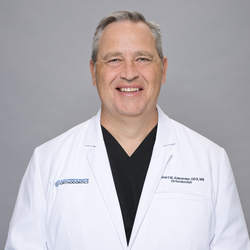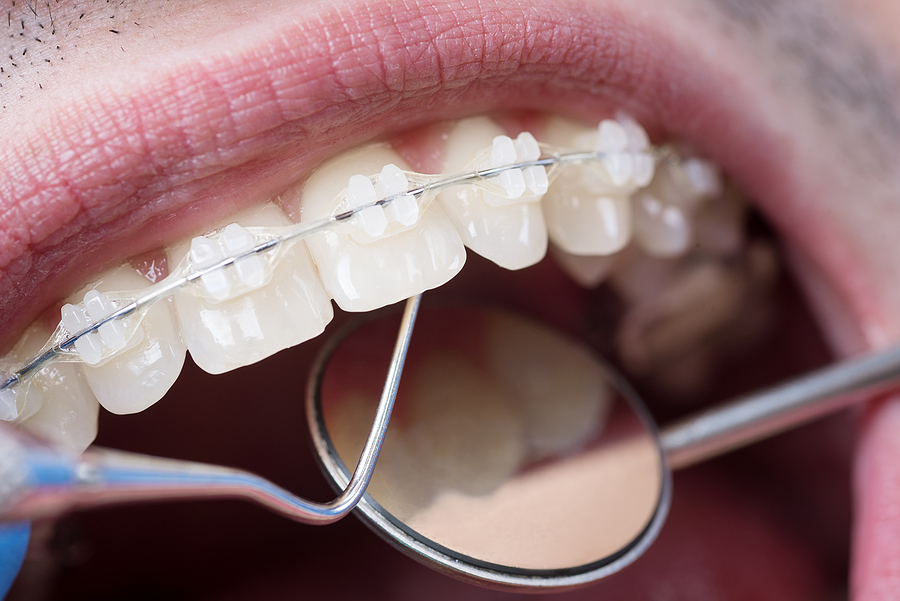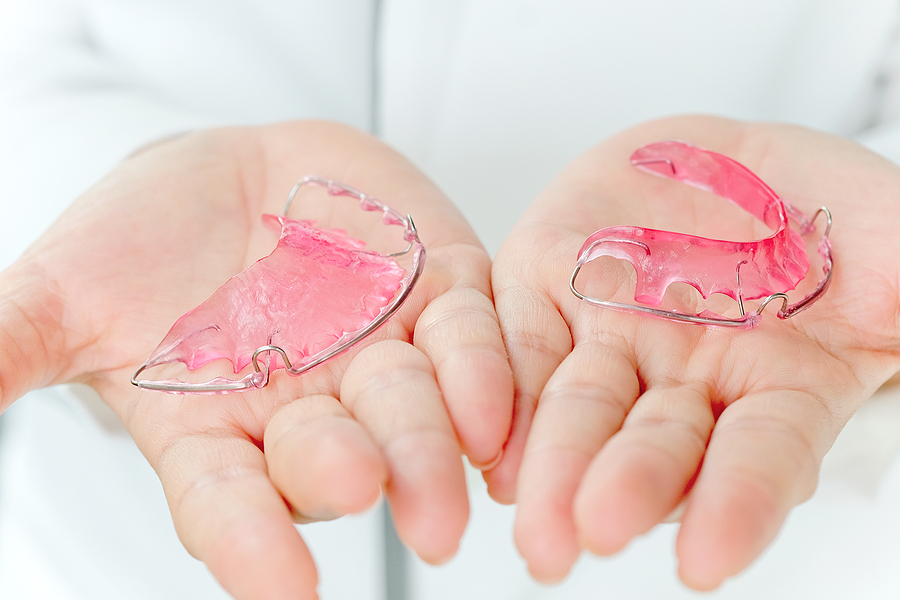![This is a thumbnail image of blog Understanding the Importance of a Retainer Program in Rocklin, Roseville & Sacramento, CA This is a thumbnail image of blog Understanding the Importance of a Retainer Program in Rocklin, Roseville & Sacramento, CA]()
Understanding the Importance of a Retainer Program in Rocklin, Roseville & Sacramento, CA
Oct 22, 2024![This is a thumbnail image of blog Understanding Limited Orthodontic Treatment in Rocklin, Roseville & Sacramento, CA This is a thumbnail image of blog Understanding Limited Orthodontic Treatment in Rocklin, Roseville & Sacramento, CA]()
Understanding Limited Orthodontic Treatment in Rocklin, Roseville & Sacramento, CA
Aug 01, 2024![This is a thumbnail image of blog The Importance of a Retainer Program for Long-Term Oral Health This is a thumbnail image of blog The Importance of a Retainer Program for Long-Term Oral Health]()
The Importance of a Retainer Program for Long-Term Oral Health
Feb 13, 2025![This is a thumbnail image of blog Transform Your Smile with Braces: Options and Benefits in Rocklin, Roseville & Sacramento, CA This is a thumbnail image of blog Transform Your Smile with Braces: Options and Benefits in Rocklin, Roseville & Sacramento, CA]()
Transform Your Smile with Braces: Options and Benefits in Rocklin, Roseville & Sacramento, CA
Jan 17, 2025![This is a thumbnail image of blog The Role of Retainers in Preventing Orthodontic Relapse This is a thumbnail image of blog The Role of Retainers in Preventing Orthodontic Relapse]()
The Role of Retainers in Preventing Orthodontic Relapse
Mar 27, 2024

What Is Surgical Orthodontics? A Complete Guide
Surgical orthodontics is a term that might sound intimidating, but it plays a crucial role in achieving the perfect smile. Many people think of braces when they consider orthodontic treatment, yet some dental issues require more than just traditional methods. Whether you struggle with severe misalignment or functional problems, surgical orthodontics could be your answer.
This specialized field combines the expertise of both an orthodontist and an oral surgeon to correct complex bite issues and jaw discrepancies. If you're seeking optimal results for your oral health and aesthetics, understanding what surgical orthodontics entails can help you make informed decisions about your treatment options in Rocklin, Roseville & Sacramento, CA. Let’s dive into everything you need to know about this transformative process!
When is Surgical Orthodontics Recommended?
Surgical orthodontics is typically recommended for patients with severe jaw discrepancies or bite issues that cannot be effectively treated through braces alone. Conditions like overbites, underbites, and crossbites often necessitate surgical intervention to achieve optimal alignment.
Patients who experience difficulty chewing or speaking due to misaligned jaws may also find relief through these procedures. In many cases, the aesthetic concerns associated with facial symmetry play a significant role in the decision-making process.
Orthodontists will evaluate various factors during consultations, including age, dental health, and treatment goals. If traditional orthodontic methods do not yield satisfactory results after an extended period of wear, surgery might provide the necessary solution for lasting change.
It's crucial to work closely with both your orthodontist and oral surgeon when considering this path; they can outline personalized plans tailored to individual needs and expectations.
Types of Surgical Orthodontic Procedures
Surgical orthodontics encompasses various procedures tailored to individual needs.
- One common type is orthognathic surgery, which corrects jaw misalignment. This procedure can significantly enhance both function and aesthetics.
- Another option is the extraction of teeth to facilitate orthodontic treatment. Removing problematic teeth can create space for proper alignment, improving overall dental health.
- Bimaxillary osteotomy involves repositioning both upper and lower jaws simultaneously. This approach often addresses severe discrepancies in bite or facial structure.
- Some patients may require periodontal surgery alongside orthodontics. This combination aims to improve gum health while aligning the teeth properly.
Each procedure varies in complexity and duration, depending on specific patient circumstances. Consulting with a specialized orthodontist helps determine the best surgical path forward. Contact us to learn more.
How to Prepare for a Surgical Orthodontic Procedure
Preparing for a surgical orthodontic procedure involves several important steps.
- Start by scheduling a thorough consultation with your orthodontist. This meeting will clarify what to expect and allow you to ask any questions.
- Make sure to disclose your complete medical history, including medications and allergies. Your orthodontist needs this information to tailor the procedure safely.
- In the week leading up to surgery, maintain good oral hygiene. Brush and floss diligently to minimize infection risk.
- Consider arranging transportation for the day of the procedure since sedation is often used, leaving you unable to drive afterward.
- Stock up on soft foods like yogurt, smoothies, or mashed potatoes for your recovery period. These gentle options will make eating easier once you're home.
- Prepare mentally by setting aside time for rest post-surgery. This mindset can significantly enhance your healing experience.
Recovery and Aftercare Tips
Recovery after surgical orthodontics requires careful attention to ensure a smooth healing process. First, follow your surgeon’s post-operative instructions closely. This includes taking prescribed medications on time to manage pain and prevent infection.
Hydration is key. Drink plenty of water, but avoid straws for the first few days since sucking can disrupt healing. Soft foods are your best friends during this period; think smoothies, yogurt, and mashed potatoes.
Oral hygiene remains crucial. Gently brush your teeth while being mindful of sore areas to keep bacteria at bay. Rinsing with warm salt water can help soothe any discomfort as well.
Prioritize rest. Your body needs energy to heal properly, so give yourself permission to take it easy for a few days after the procedure. Pay attention to how you feel and reach out if anything seems off during recovery.
Comparing Surgical Orthodontics with Traditional Braces
Surgical orthodontics and traditional braces serve different purposes in the realm of dental correction. While traditional braces focus primarily on aligning teeth and improving bite issues, surgical orthodontics tackles more complex skeletal problems.
With surgery, patients often experience significant changes in facial structure. This can lead to enhanced aesthetics as well as improved function. Traditional braces might take longer to yield results when addressing severe misalignments, whereas surgical options can produce quicker transformations.
Recovery time also varies significantly between the two methods. Surgical procedures require a period of healing that could involve dietary restrictions and careful oral hygiene practices. In contrast, wearing traditional braces typically involves adjustments every few weeks without extensive downtime.
Each option has its benefits depending on individual needs. Consulting with an experienced orthodontist is essential for determining the best approach tailored to specific cases in Rocklin, Roseville & Sacramento, CA.
Conclusion
Surgical orthodontics offers a transformative approach to correcting complex dental and jaw issues. For those living in Rocklin, Roseville, and Sacramento, CA, understanding the intricacies of this field can help you make informed decisions about your oral health.
This specialized area is often recommended when traditional braces alone won't provide the desired results. If you're facing significant misalignment or bite problems that impact your function or appearance, surgical options may be on the table for consideration.
Various procedures fall under the umbrella of surgical orthodontics. These include corrective jaw surgery (orthognathic surgery), which repositions the jaws to improve alignment and function. Each procedure has specific indications based on individual needs.
Preparing for any surgical procedure requires careful planning. You'll want to discuss all aspects with your orthodontist and surgeon ahead of time to ensure a smooth experience. Understanding what will happen before, during, and after your operation can ease anxiety.
Post-surgery care plays an equally important role in recovery as well as following prescribed aftercare instructions diligently helps speed up healing times and ensures optimal results.
Comparing surgical orthodontics with traditional braces highlights significant differences in treatment goals and timelines; while braces focus mainly on tooth movement over time, surgical intervention addresses underlying skeletal discrepancies directly.
If you're considering how surgical orthodontics might fit into your smile journey in Rocklin, Roseville & Sacramento, CA regions—gather information from trusted professionals who understand both modern techniques and patient needs thoroughly!
If you're considering surgical orthodontics, visit Alexander & Martin Orthodontics. We are located at 3461 Fair Oaks Blvd #100, Sacramento, CA 95864; 6809 Five Star Blvd, Ste 300, Rocklin, CA 95677; and 4021 Woodcreek Oaks Blvd #100, Roseville, CA 95747. You can also call (916) 630-0306 to explore your options and embark on a journey towards a healthier, more confident smile.
- MON - FRI9:00 am - 5:00 pm
- SAT - SUNClosed
- MON - FRI9:00 am - 5:00 pm
- SAT - SUNClosed
- MON - FRI9:00 am - 5:00 pm
- SAT - SUNClosed










comments